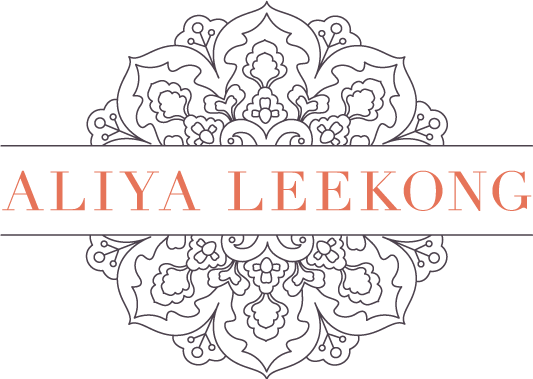ORDER YOUR COPY OF EXOTIC TABLE NOW!
AMAZON | BARNES&NOBLE
Over the years, I’ve noticed that when you talk to people about food, it’s never really about the food. Sure, it starts that way, and you discuss what someone likes to cook, ingredients that resonate, dishes their family loves, but it almost always becomes about how a person grew up, their childhood food memories, history, and strong life influences.
I, like many others, learned at my mother’s and other family members’ hips in the kitchen. My heritage is multicultural - Indo-Pakistani and Tanzanian, and I remember both the cuisines and mother tongues of my parents blended as a child, to the extent that I was never quite sure to which side a particular dish or word belonged. This blend was completely natural, a personal mashup, and certainly has bled over into my way of thinking about life and, here, about food.
And there it is, this incorporation of cultures to become a newer, more complex one. The idea of food based on a person’s history is not limited to one. It’s mirrored on a larger scale and in countries across the world. Cuisine is a direct reflection of a country’s history – war, invasion, immigration of peoples. Each additional culture has contributed their bits and pieces to the point that we see it as whole. Peruvian culture is inclusive of the indigenous Native Americans, conquering Spanish, some with Arabic wives, and Japanese and Chinese immigrants. South Africa has Dutch, Malay, Indian, Arab, Portuguese, German and the indigenous African tribes like Khoikhoi, Xhosa, and Zulu. Turkey’s cuisine came from the Mongols, Chinese, Persians, European Mediterraneans, and other Arabic and Slavic influences. And, if I’m wrong here, I’m missing some influences.
America is no different and has certainly become one of the most open of cultures, evolving to embrace diversity in a way that is heartwarming. Immigrants come from all over the world – families move and migrate and marry. I’m now married to a guy from Brooklyn, whose family comes from Trinidad by way of Venezuela, Spain and China (yes, LeeKong). What I cook at home is a complete amalgamation of both of our cultures, and my thoughts go to our future children and the blend that they will grow up understanding as their own.
My experience is unique because of the specific mix but not all at the same time. Many of us start off with culture that’s passed on from our family and then absorb along the way in our life’s journey. And so I think about different people, what I like to call their cultural layers, and how they might eat. Family, marriage, travels, influences, likes and dislikes all play into the way a person cooks. We are incredibly fortunate to live in a time where different ingredients and spices are accessible, where other cultures’ foods have comingled and entered the American dialogue. What might have been coined exotic just 10 years ago, might not be so today. And that’s the line I like to play with. I cook quite simply the way that I eat. This is not about elevation or modernism, it’s just my personal way of preserving food traditions. I am not a purist, and my travels, heritage, family or even culinary training serve merely as inspiration – I do not declare that anything I cook is exactly per the tradition. I work with what I can find, have on hand or quite simply prefer flavorwise.
I love when traditions, spices, or ingredients from other cultures make that easy transition across into our own, when they become something translatable, that takes foods we know and love to another level. I may simply incorporate a spice or a blend or I may play on a technique I learned from another culture.
I cook. I entertain for friends and family. I have busy weeknights. All of that is reflected in this book. I take the idea of exotic, which is to say globally-influenced through my personal lens, and bring it into my everyday cooking. I honor my American sensibilities and simultaneously pay homage to the flavors and traditions of a variety of ethnicities – this is my Exotic Table.
I make things easier or more simple where it’s efficient, but I’m also not afraid of the old-school: long braises, stuff from scratch and complex layering of flavors. Food is subject to interpretation, to personal reinvention, and my goal is never to give you a set way of doing things. I’m a teach-a-man-to-fish kind of gal, and food is ultimately about identity, a language about one’s own heritage and traditions. My hope is that you take these ideas in this book and see how they work with your own cultural layers, play, experiment, make them yours and see what blend you come up with.






